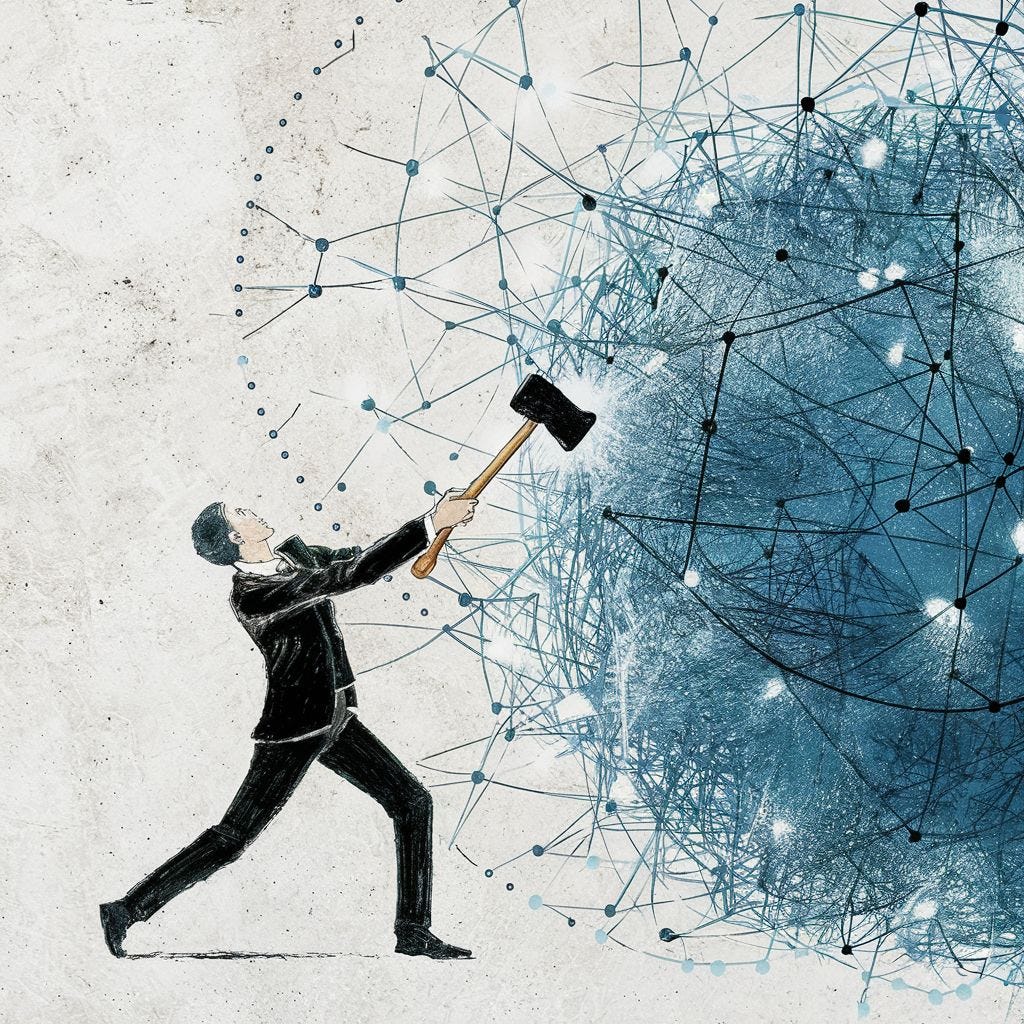The AI Content Backlash is Beginning

🌈 Abstract
The article discusses the rise of AI-generated content on the internet and the growing backlash against it from platforms, creators, and users. It explores the implications for web publishers, authors, and the quality of digital information.
🙋 Q&A
[01] The rise of AI-generated content
1. What has happened since the emergence of ChatGPT and other chatbots?
- Publishers and bloggers have used the technology to flood the internet with AI-generated content
- Platforms and users initially tolerated or even embraced AI-generated writing and images
- The tide is now turning, with platforms like Google cracking down on AI-generated content
2. How have major platforms responded to AI content?
- Initially, many platforms embraced AI content, seeing it as a way to boost their market share
- Google initially said AI content was spam, then pivoted to accepting and encouraging it, coinciding with the release of their Bard AI system
- Medium initially encouraged authors to experiment with AI content, then told them it was not allowed
3. How has public opinion on AI content changed?
- Early surveys showed most people didn't care if an article was generated by AI or a human
- As people have seen the destructive power of deepfakes and content at scale, public opinion has shifted
- New studies indicate users now mistrust AI content and prefer human-written content, a trend that will likely intensify
[02] The push for verifiable human-created content
1. What is driving the demand for content verified as human-created?
- Lack of trust in AI content is leading to a hunger for content that is verifiably human, even with human flaws and idiosyncrasies
- Companies, regulators, and the public want to be able to clearly distinguish content created by AI from that created by humans
2. How are platforms and companies responding to this demand?
- Google is leading the charge with its AI content purge and adding digital watermarks to AI-generated images
- OpenAI has also said it will digitally watermark its images
- Companies are rushing to join the C2PA alliance to implement technologies for verifying image provenance
3. What are creators doing to signal their content is human-created?
- Authors are adding hashtags and written disclosures to their stories indicating they did not use AI
- Creators are also appearing in their own content, such as travel bloggers sharing selfies, to demonstrate they are real people
4. What are the implications for creators?
- Content verified as human-created is becoming a hot commodity, as people hunger for authentic, even flawed, human-generated content
- Creators should embrace their humanness and trumpet the fact that their content is made by hand
[03] Striking a balance with AI
1. How can creators use AI effectively?
- Creators should use AI to automate repetitive tasks, like transcribing interviews, to free up time for more creative work
- AI can also be used for brainstorming ideas, such as generating headline suggestions or questions for the audience
2. What are the risks of relying too heavily on AI?
- Writers and illustrators should not have been creating content with AI systems and publishing it at scale without editorial processes
- Creators risk missing out on efficiency gains and clever ideas from AI if they shut themselves off from it completely
3. What is the key for creators?
- Striking a balance between using AI as a tool to enhance productivity and creativity, while still adding a human touch to the final product
- Remembering that it is the creator's humanness that makes their content interesting and valuable